I don't have a garage or driveway and own an electric car. I thought there was no way for people like me to legally charge their EV parked outside their house to take advantage of cheap EV electricity plans or use some of the excess solar energy generated by their house.
I was wrong.
The Trial Program
For almost a year and a half, the local government for where I live, Inner West Council (IWC) in Sydney, has quietly been successfully trialing issuing free permits to allow for the temporary use of an electric vehicle charger across the footpath while charging an electric vehicle.
How the System Works
Under the rules of the permit the EV charging cable has to be removed once the charging session for the vehicle is complete, it should have a cable cover for safety and the permit must be displayed during charging sessions.
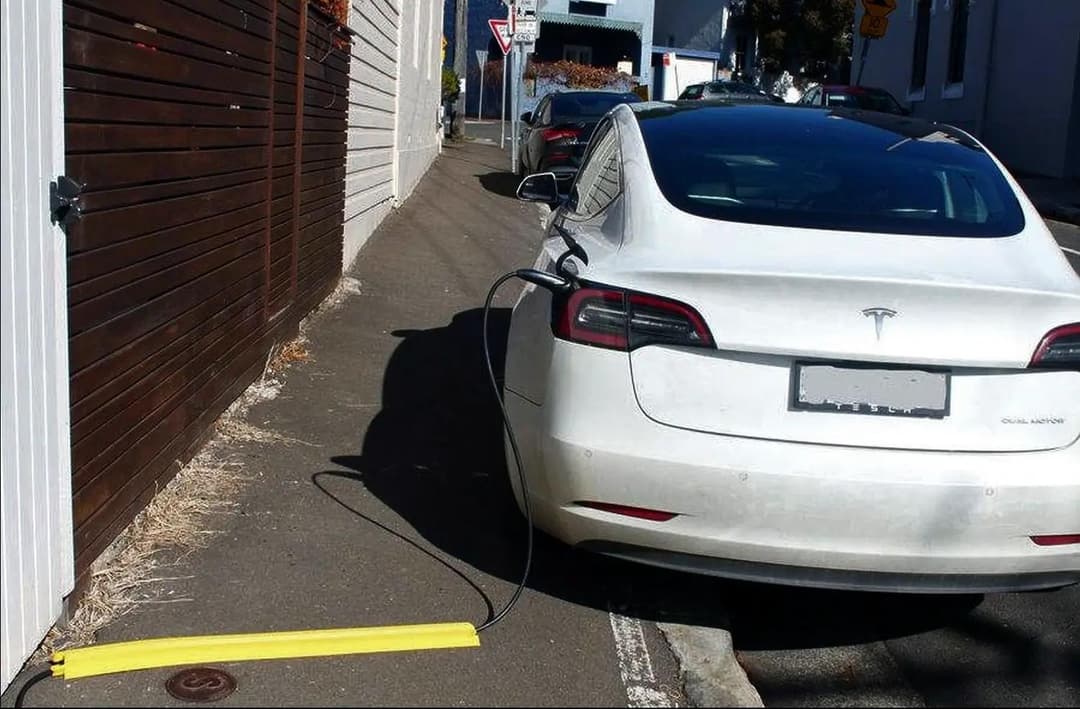
Local Expert Perspective
The view of Sarah Aubrey (Electrification advocate and Admin of Electric Vehicles for Australia) is that:
"Inner city suburbs like the inner west of Sydney were designed before the car was invented. The percentage of households without off street parking in these areas is 65%, much higher than the State average of 30%."
"That's huge. Two thirds of households wouldn't be able to charge at home."
"The biggest issue here is fairness. At the petrol bowser, we're all equal, but that isn't the case with EV charging. Someone with an EV Energy Plan pays only 8c/kWh from midnight to 6am or even free energy from 11am to 2pm, whereas public chargers start on average from 50c/kWh."
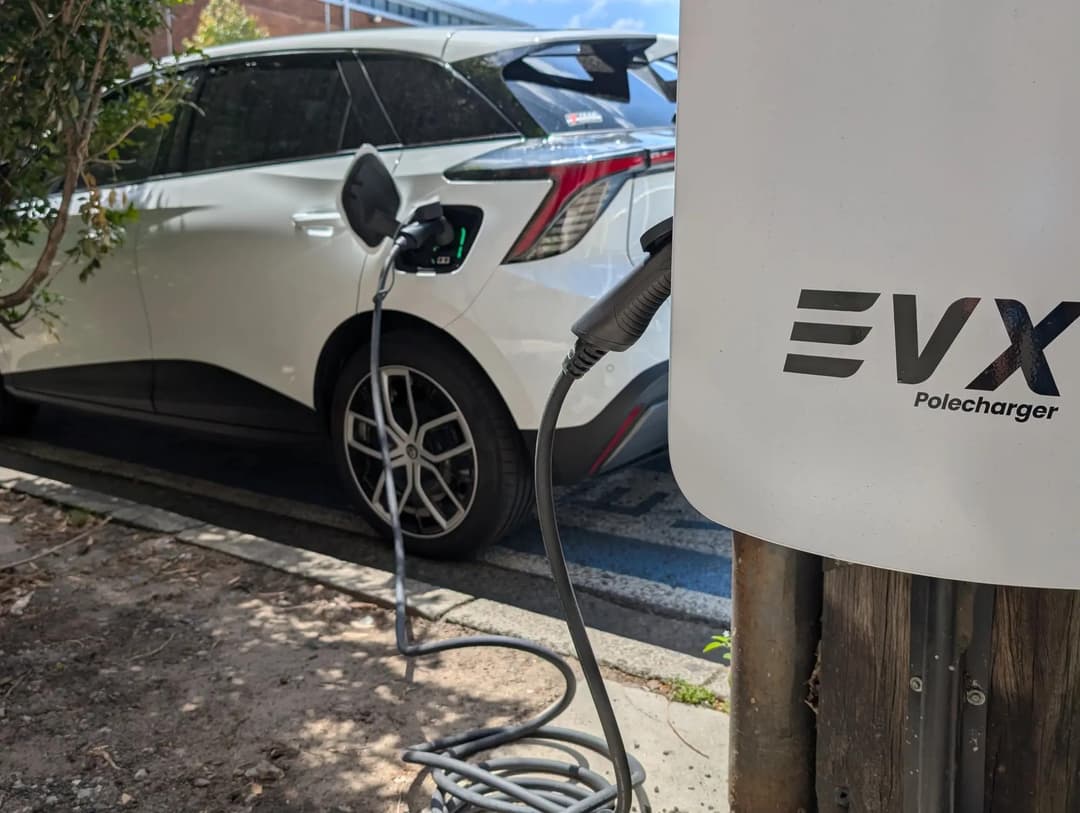
"How is that fair? Why should people without off street parking pay more than five times the price for charging? This inequality is really becoming an issue in the UK and I only see it becoming one here."
"In both the UK and Australia, 80-90% of EV owners have the ability to charge at home."
"If we're serious about EV uptake for people without access to off street parking, we need to make it as easy as possible, make it fairer, and provide as many different options as possible: public slower AC, public fast DC as well as allow safe home footpath charging like this IWC trial."
"I also hope IWC make this footpath charging trial permanent (and even safer) with gully charging like Gul-e or Kerbo Charge, which are elegant and affordable solutions working right now in the UK"
"In reality we'll have to look at all these other options, because in areas like the inner suburbs of Sydney, Melbourne and Brisbane there will never be enough public chargers to service that many households".
"It's just not feasible, we need to have a mix. The reality is we're in a climate emergency and we're dithering about why we shouldn't do things instead of trialing as many solutions as possible to see what works best."
"Otherwise people will just think stuff it, I'm just going to throw my cord out and risk it or or worse still they'll stick with their fossil fuel cars."
MORE▶️ Best EV Electricity Plans in Australia
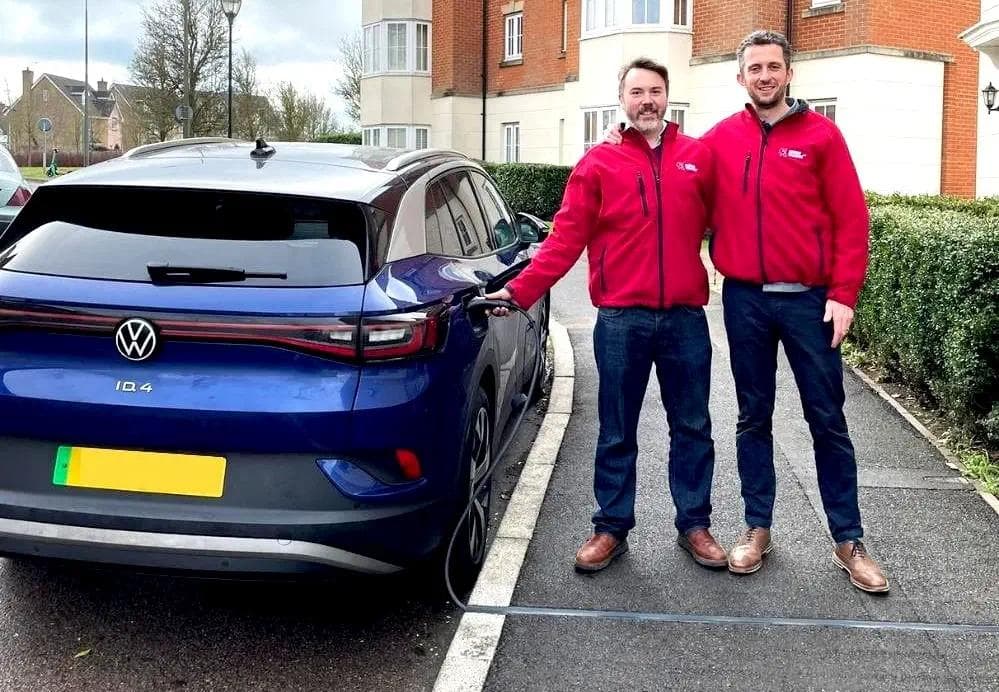
Experience of Trial Participants
So far there are 60 households with permits. I have spoken with several of them and they are really pleased to be able to occasionally be able to charge their EV from their home, if they happen to get the parking spot outside their home.
They understand getting that parking space isn't guaranteed but can usually get that parking spot at least 2-3 hours once or twice a week when it is empty.
What This Means for EV Owners Without Off-Street Parking
They then charge their EV using their own solar power for almost free (they lose a few cents solar feed in tariff) or with off peak electricity.
When they can't charge from home, they use one of the increasing numbers of kerbside EV chargers available in the area or a DC fast charger.
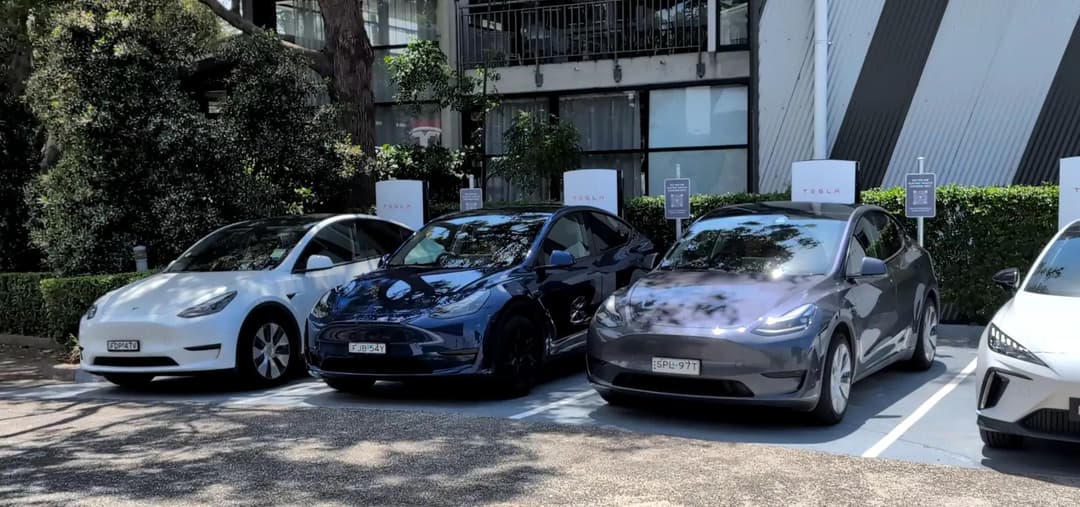
Ideally though permit holders don't want public charging to be their only option as these are much more expensive than charging at home and there will be so many EV's needing public charging in the IWC in the future that public chargers won't be able to keep up.
Application Process and Requirements
To see how hard it was to get this free permit I applied for one myself and received it within a week by email.
Stan Baker details how he got his permit if you're an IWC resident who wants to apply for one.
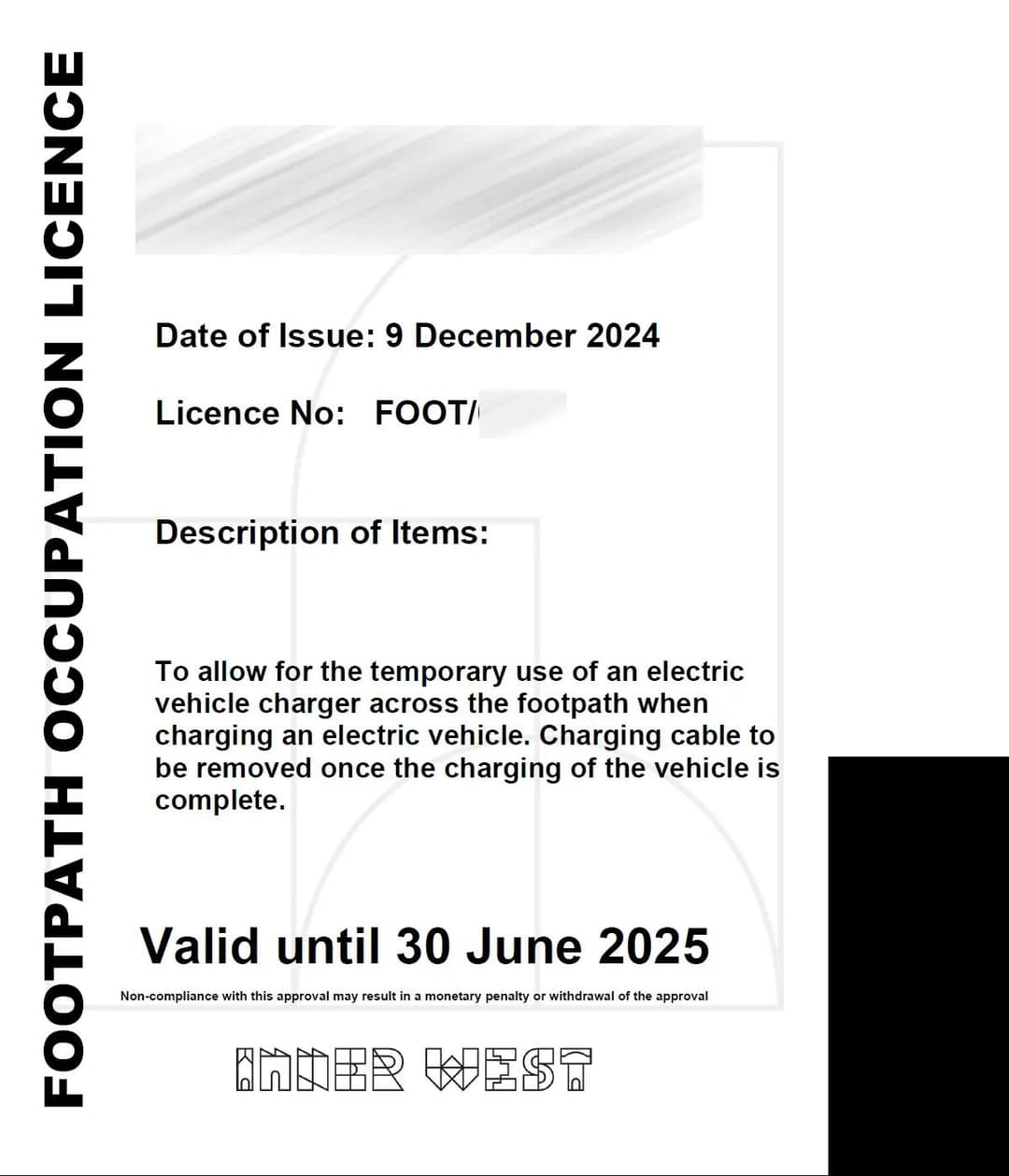
Costs and Timeline
The Future...
According to early adopter Stan Baker who had one of the first permits issued in September 2023 the trial was supposed to be one off but after briefly pausing issuing permits early in 2024, IWC once again made them available.
I think the trial should be made permanent in mid-2025, and a new condition should be added that permit holders have to install a 7kW single-phase or 11kW 3-phase home EV charger.
The reason for that is it means people doing safe footpath charging would leave their car connected to their home via cable for a many hours less than someone footpath charging very slowly via their ordinary 2.3kW home power socket.
It will be interesting to see what happens when this safe footpath charging trial is supposed to end in July 2025, as it has already been extended once.
I hope similar councils in areas across Australia where most people don't have a garage or driveway, follow IWC's lead and implement similar policies in their areas.
One of my friends who works in politics told me that once governments approve something that people like doing, it's very hard to cancel the right to do that and take it away without unhappy voters expressing their frustration...
About the author

Neerav Bhatt has been a technology journalist and photographer for over 20 years appearing in online, print, radio and TV media. His current focus is on helping Australians switch to electric vehicles as well as making their home fully electric, sustainable and climate resilient. Youtube: www.youtube.com/@NeeravBhatt Web: neeravbhatt.com
Stay up to date with the latest EV news
- Get the latest news and update
- New EV model releases
- Get money savings-deal
